-
 bitcoin
bitcoin $109667.069529 USD
-3.03% -
 ethereum
ethereum $3936.685804 USD
-4.07% -
 tether
tether $1.000493 USD
0.01% -
 xrp
xrp $2.771823 USD
-4.74% -
 bnb
bnb $957.805027 USD
-5.34% -
 solana
solana $196.735100 USD
-6.68% -
 usd-coin
usd-coin $0.999727 USD
-0.01% -
 dogecoin
dogecoin $0.227355 USD
-5.12% -
 tron
tron $0.335205 USD
-0.81% -
 cardano
cardano $0.779256 USD
-3.59% -
 ethena-usde
ethena-usde $0.999900 USD
-0.06% -
 hyperliquid
hyperliquid $42.492095 USD
-6.61% -
 chainlink
chainlink $20.501853 USD
-4.34% -
 avalanche
avalanche $28.952606 USD
-11.21% -
 stellar
stellar $0.356038 USD
-3.93%
How should the KDJ and RSI indicators be used together?
Combining KDJ and RSI improves trading accuracy by confirming momentum and reducing false signals in volatile crypto markets.
Sep 14, 2025 at 09:19 pm
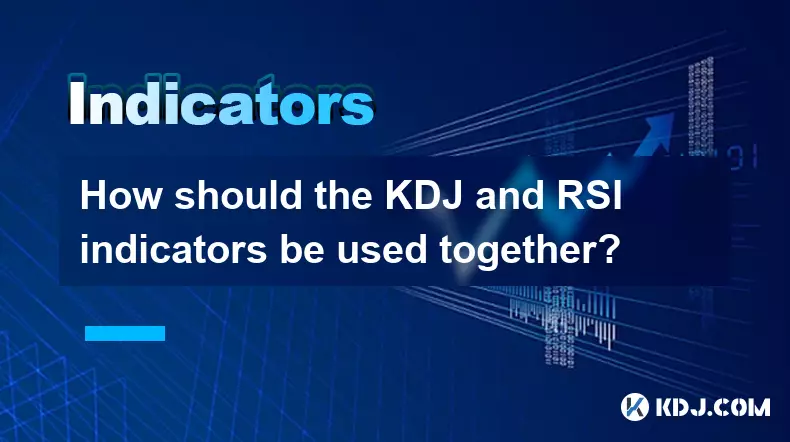
Understanding KDJ and RSI in Cryptocurrency Trading
1. The KDJ indicator, also known as the Stochastic Oscillator, measures the momentum of price movements by comparing a cryptocurrency’s closing price to its price range over a specific period. It consists of three lines: %K, %D, and %J. Traders use crossovers between these lines to identify potential entry and exit points.
2. The Relative Strength Index (RSI) evaluates the speed and change of price movements on a scale from 0 to 100. An asset is typically considered overbought when RSI exceeds 70 and oversold when it falls below 30. This helps traders anticipate reversals in volatile crypto markets.
3. When used together, KDJ and RSI complement each other by offering confirmation signals. For example, if the KDJ shows a bullish crossover and RSI moves above 30 from an oversold level, this strengthens the likelihood of a price rebound.
4. Combining both indicators reduces false signals common in highly speculative environments like cryptocurrency trading. While KDJ detects short-term momentum shifts, RSI provides insight into broader market strength or weakness.
5. Traders should avoid relying solely on either indicator. Instead, they should observe alignment between KDJ patterns and RSI readings to increase confidence in their trading decisions.
Identifying Overbought and Oversold Conditions with Dual Confirmation
1. In fast-moving crypto markets, overbought conditions occur frequently but don’t always lead to immediate corrections. When RSI crosses above 70 and the KDJ %K line rises above %D in overbought territory, it may signal sustained upward momentum rather than reversal.
2. Conversely, when RSI drops below 30 and the KDJ %K line crosses below %D in oversold zones, it often indicates continued downward pressure. However, if both indicators begin rising from extreme lows simultaneously, this can suggest accumulation is underway.
3. A powerful buy signal emerges when RSI exits oversold levels (moves above 30) while KDJ shows a golden cross—%K crossing above %D below 20. This dual confirmation increases reliability in identifying trend reversals.
4. Similarly, a strong sell signal occurs when RSI falls back under 70 after peaking above it, coinciding with a death cross in KDJ (%K crossing below %D above 80). These aligned signals help filter out noise during sideways market phases.
5. During periods of high volatility, such as major news events or exchange outages, both indicators may give conflicting readings. In such cases, waiting for convergence between KDJ and RSI improves timing accuracy.
Practical Application in Crypto Chart Analysis
1. On a 4-hour BTC/USDT chart, a trader notices that RSI has been below 30 for several candles while KDJ values are near 10. Once %K crosses above %D and RSI climbs past 30, it validates a potential long position entry.
2. Ethereum price consolidates within a narrow range, causing KDJ to oscillate rapidly. Meanwhile, RSI remains flat around 50, indicating indecision. Only when RSI breaks out of this neutral zone does the KDJ movement gain significance.
3. Altcoins often experience exaggerated swings. If Dogecoin's RSI spikes above 80 and KDJ %J reaches 100, it reflects extreme speculation. A subsequent drop in both indicators below their respective thresholds warns of a sharp pullback.
4. Divergence analysis enhances effectiveness. If Bitcoin makes a new high but RSI fails to surpass its prior peak and KDJ shows lower highs, bearish divergence forms—hinting at weakening momentum despite price gains.
5. Adjusting timeframes alters sensitivity. Using daily charts, longer-term trends become clearer, whereas 15-minute charts with both indicators may produce excessive signals requiring stricter filtering rules.
Frequently Asked Questions
What settings are optimal for KDJ and RSI in cryptocurrency trading?Common settings include 14 periods for RSI and 9,3,3 for KDJ (%K period, %D smoothing, %J calculation). These can be adjusted based on volatility; shorter periods increase sensitivity, suitable for scalping.
Can KDJ and RSI be used in ranging versus trending markets?Yes. In ranging markets, overbought/oversold levels work well. In strong trends, waiting for pullbacks where both indicators align improves trade quality. Trend-following strategies benefit more from RSI midline crossovers combined with KDJ direction.
Do these indicators work across all cryptocurrencies?They apply broadly, but low-liquidity altcoins may generate erratic signals due to manipulation or thin order books. Major coins like BTC and ETH tend to produce more reliable patterns because of deeper markets.
How do volume spikes affect KDJ and RSI interpretation?High volume accompanying a breakout confirmed by both indicators adds credibility. For instance, if RSI exits oversold and KDJ generates a golden cross on unusually high volume, the bullish signal gains strength.
Disclaimer:info@kdj.com
The information provided is not trading advice. kdj.com does not assume any responsibility for any investments made based on the information provided in this article. Cryptocurrencies are highly volatile and it is highly recommended that you invest with caution after thorough research!
If you believe that the content used on this website infringes your copyright, please contact us immediately (info@kdj.com) and we will delete it promptly.
- Riding the Crypto Wave: Ether Supercycle, Circle's Reversibility Debate, and Aster's DEX Surge
- 2025-09-27 02:45:12
- Shiba Inu's ETF Dreams: Navigating US Market Conditions
- 2025-09-27 03:05:12
- Dogecoin's Wild Ride: From Mining Moves to Meme Coin Mania – Can DOGE See 70x Growth?
- 2025-09-27 03:05:12
- Solana, Ruvi AI, and Institutional Backing: Navigating the Crypto Landscape
- 2025-09-27 02:25:16
- Momentum, Yield Campaigns, and Liquidity Expansion: Decoding the Latest Trends
- 2025-09-27 03:45:13
- Quant, CBDCs, and Crypto: Decoding the Future of Finance, Ya Heard?
- 2025-09-27 02:45:12
Related knowledge
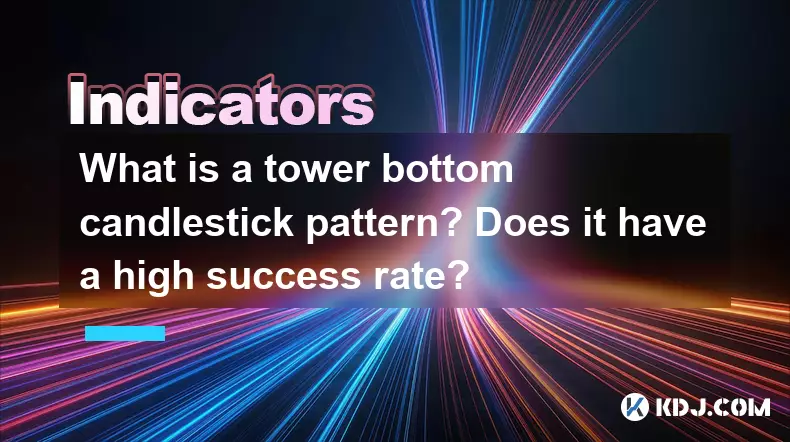
What is a tower bottom candlestick pattern? Does it have a high success rate?
Sep 22,2025 at 07:18am
Tower Bottom Candlestick Pattern Explained1. The tower bottom candlestick pattern is a reversal formation that typically appears at the end of a downt...
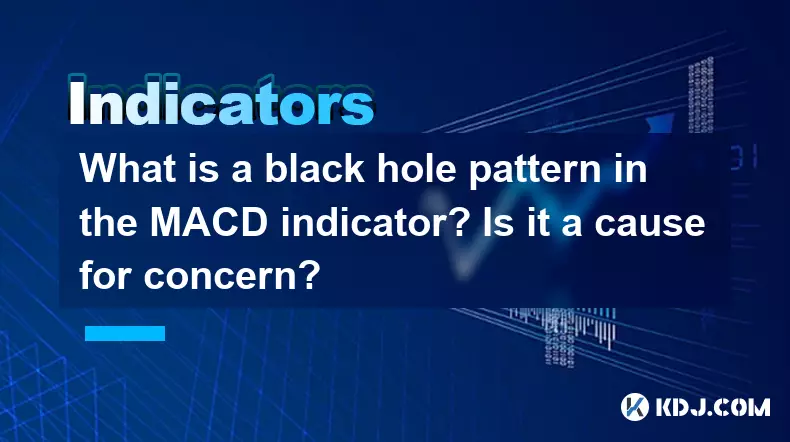
What is a black hole pattern in the MACD indicator? Is it a cause for concern?
Sep 21,2025 at 06:54pm
Bitcoin's Role in Decentralized Finance1. Bitcoin remains the cornerstone of decentralized finance, serving as a benchmark for value and security acro...

How can I use the psychological line (PSY) to determine market sentiment?
Sep 17,2025 at 02:19pm
Understanding the Psychological Line (PSY) in Cryptocurrency TradingThe Psychological Line, commonly referred to as PSY, is a momentum oscillator used...
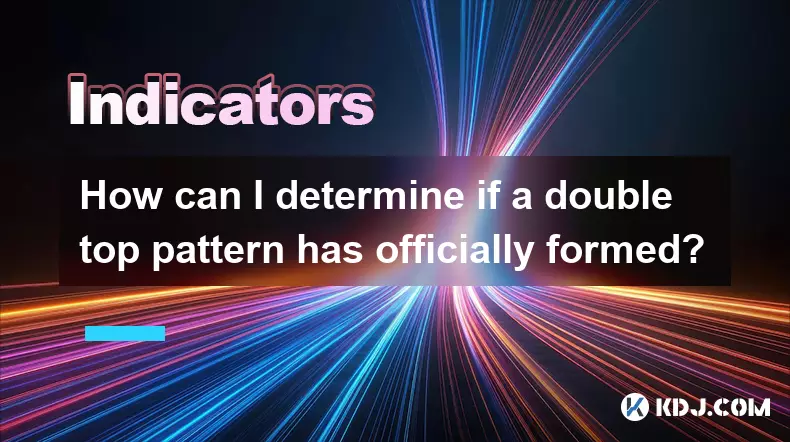
How can I determine if a double top pattern has officially formed?
Sep 21,2025 at 03:18am
Understanding the Structure of a Double Top Pattern1. A double top pattern consists of two distinct peaks that reach approximately the same price leve...
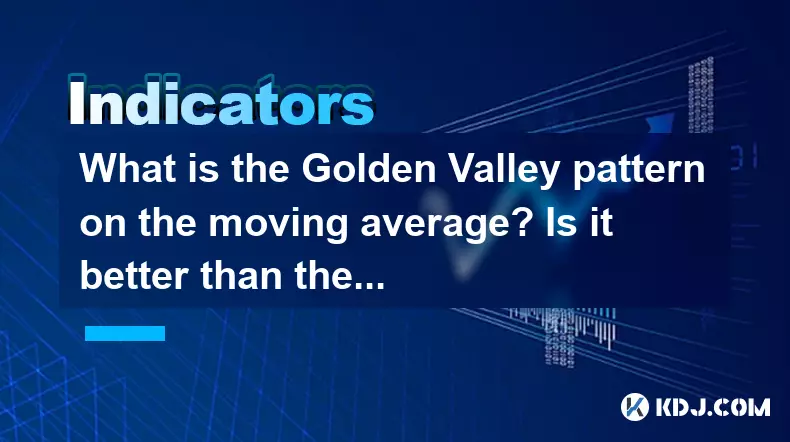
What is the Golden Valley pattern on the moving average? Is it better than the Silver Valley pattern?
Sep 21,2025 at 02:54pm
Understanding the Golden Valley Pattern in Moving Averages1. The Golden Valley pattern is a technical formation observed in cryptocurrency price chart...

What does a death cross of the RSI in the strong zone (above 50) mean?
Sep 17,2025 at 10:54pm
Understanding the Death Cross in RSI Context1. The term 'death cross' is traditionally associated with moving averages, where a short-term average cro...

What is a tower bottom candlestick pattern? Does it have a high success rate?
Sep 22,2025 at 07:18am
Tower Bottom Candlestick Pattern Explained1. The tower bottom candlestick pattern is a reversal formation that typically appears at the end of a downt...

What is a black hole pattern in the MACD indicator? Is it a cause for concern?
Sep 21,2025 at 06:54pm
Bitcoin's Role in Decentralized Finance1. Bitcoin remains the cornerstone of decentralized finance, serving as a benchmark for value and security acro...

How can I use the psychological line (PSY) to determine market sentiment?
Sep 17,2025 at 02:19pm
Understanding the Psychological Line (PSY) in Cryptocurrency TradingThe Psychological Line, commonly referred to as PSY, is a momentum oscillator used...

How can I determine if a double top pattern has officially formed?
Sep 21,2025 at 03:18am
Understanding the Structure of a Double Top Pattern1. A double top pattern consists of two distinct peaks that reach approximately the same price leve...

What is the Golden Valley pattern on the moving average? Is it better than the Silver Valley pattern?
Sep 21,2025 at 02:54pm
Understanding the Golden Valley Pattern in Moving Averages1. The Golden Valley pattern is a technical formation observed in cryptocurrency price chart...

What does a death cross of the RSI in the strong zone (above 50) mean?
Sep 17,2025 at 10:54pm
Understanding the Death Cross in RSI Context1. The term 'death cross' is traditionally associated with moving averages, where a short-term average cro...
See all articles










































































